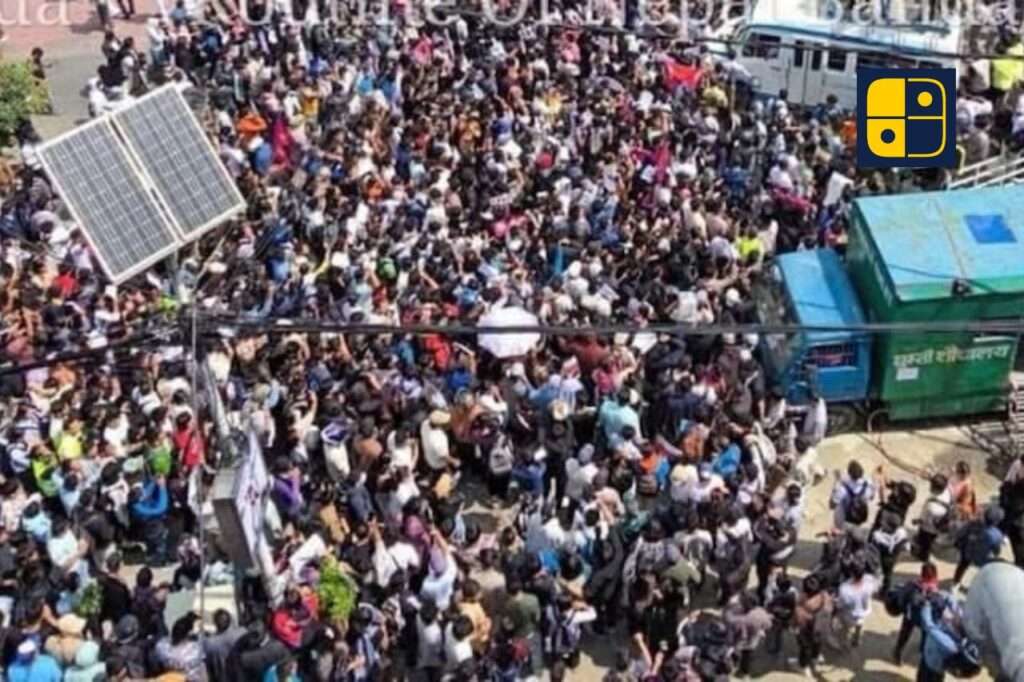Nepal is in the throes of its most serious political upheaval in nearly two decades, as youth-led protests sparked by the government’s abrupt ban on 26 social media platforms have escalated into a full-blown crisis of governance.
The ban, announced on September 4, was defended as a measure against disinformation but swiftly denounced by protesters as an authoritarian attempt to stifle dissent and divert attention from corruption. On September 8, security forces clashed with demonstrators across Kathmandu and provincial towns, deploying tear gas, water cannons, and live fire. At least 19 people were killed, making it the deadliest episode of unrest since the 2006 pro-democracy movement.
Under intense domestic and international pressure, the government lifted the ban within 24 hours. However, the decision failed to pacify public anger. In rapid succession, the Home, Agriculture, and Health Ministers tendered their resignations, alongside several lawmakers, exposing fissures within the ruling establishment.
Despite an indefinite curfew in Kathmandu, protests persist, with demonstrators demanding systemic reforms and accountability rather than symbolic concessions. Political observers warn that Prime Minister K.P. Sharma Oli’s administration stands precariously close to collapse.
The unrest has drawn comparisons with Bangladesh, where mass student-led protests historically reshaped political authority, underscoring the transformative power of youth mobilisation. In Nepal too, the movement appears less about a single ban and more about a generational reckoning with governance failures.

